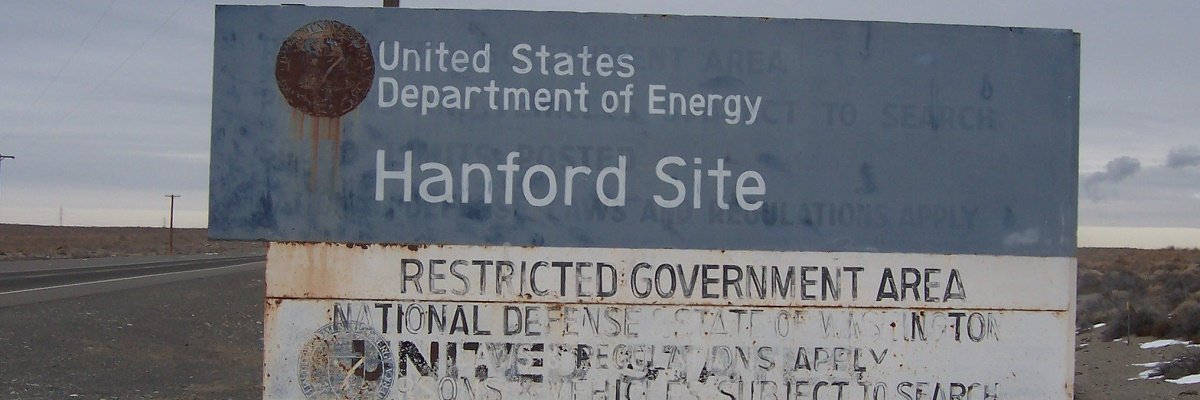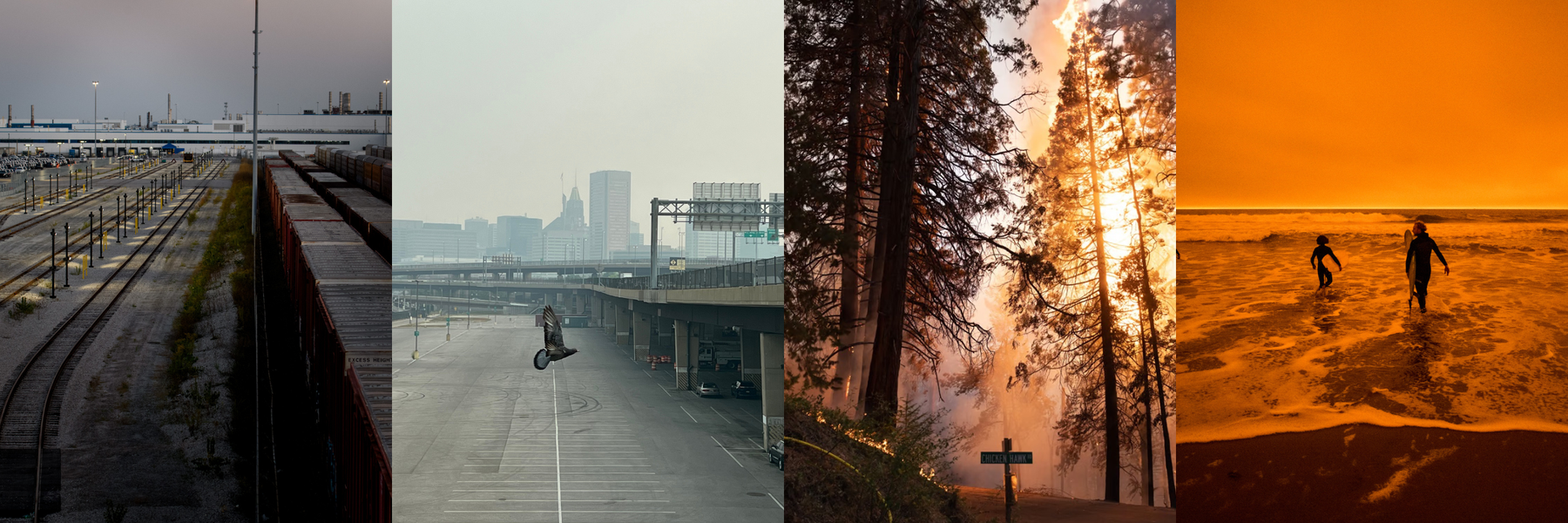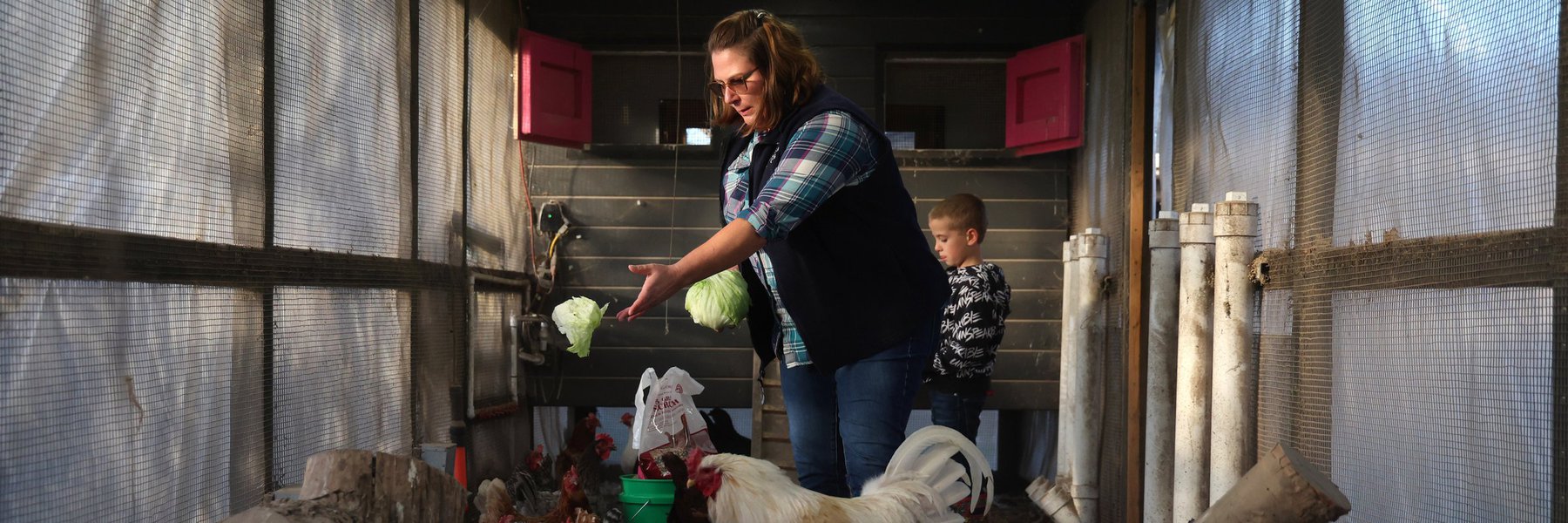In May 2017 a tunnel storing train cars filled with radioactive waste collapsed at the Hanford Nuclear Reservation in Washington State, forcing roughly 350 workers to take cover - the latest incident in the controversial site’s long history.
After the population of the small town in southern Washington was involuntarily removed to make way for it in 1943, the facility produced plutonium for the military, some of which was used in the atomic bomb dropped on Nagasaki, Japan. Production of radioactive material continued at the site through the end of the Cold War, and since 1989, a clean-up operation has been underway. These days, Hanford has the dubious distinction of being the “most contaminated place in America,” with about 53 million gallons of toxic waste stored at the sprawling 586 square mile facility, most of which is kept underground in 177 storage tanks.
While the recent tunnel collapse is the most severe incident yet at the site, inspection reports released by the Environmental Protection Agency (EPA) through FOIA reveal a history of slow-burning decrepitude at the nuclear waste dump.

During an October 2014 inspection, an inspector’s leg plunged about two feet into toxic materials, thanks to the cover of an asbestos landfill collapsing. This was just months after contractors working at the site were fined by the EPA for improper storage of asbestos at Hanford stemming from a 2012 inspection:
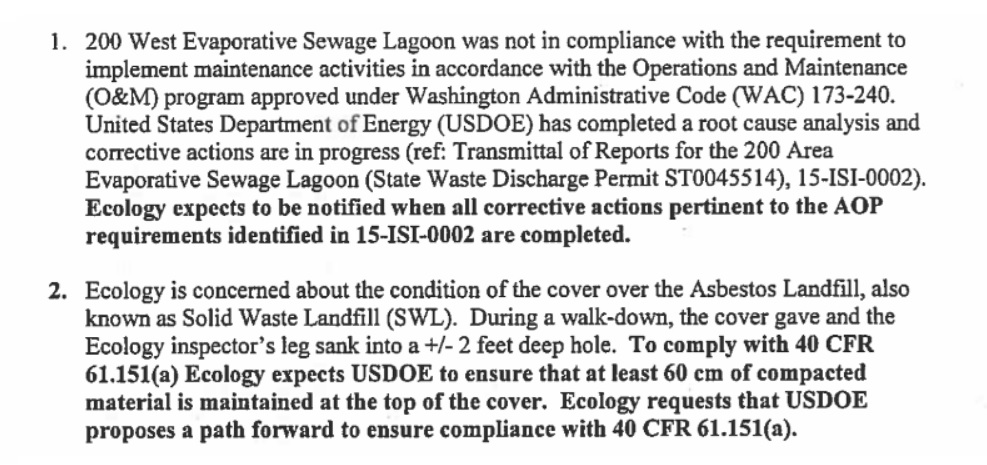
So apparently the EPA can fine you, but they can’t make you fix it?
This 2006 report states that Hanford was issued an Air Operating Permit in 2005, authorizing it to build a facility, with an 18-month deadline, which came and went without construction getting underway. Under the Clean Air Act, an air operating permit must be obtained when activities are undertaken, or facilities built, that have the potential to release certain pollutants into the air.
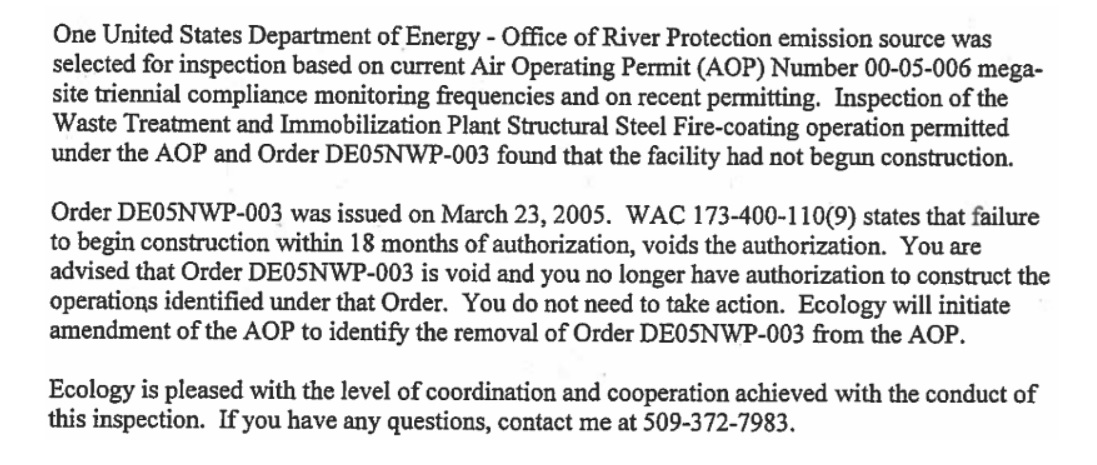
A 2006 inspection found that maintenance records were missing for a cleaning tool (a “bead blaster”), which is subject to Toxic Air Pollutant (TAPs) regulations.
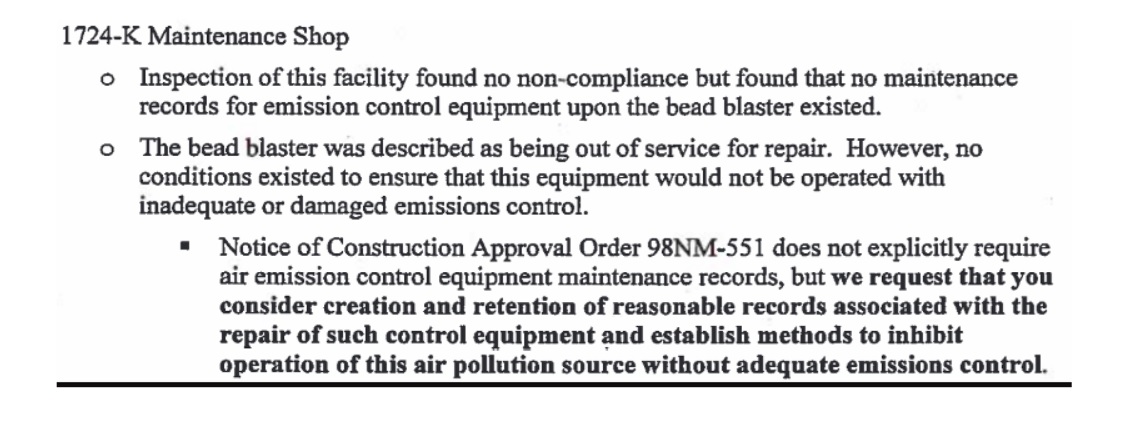
Even earlier, in 2004, an exhaust abatement system was found to be non-compliant because it was damaged, and rather than actually being fixed, was haphazardly patched up.

About a decade after these inspections, it appeared that the facility’s inability or unwillingness to comply with emissions standards had caught up to it legally - in 2015, a resident of southern Washington filed a lawsuit against the EPA, accusing it of failing to enforce air quality standards at the site, potentially threatening the health of he and others with radionuclide air pollutants.
In the absence of accountability, government agencies can simply pretend problems don’t exist, or aren’t as severe as they are. Whether they’re able to maintain any illusions that the Hanford Nuclear Reservation is anything other than an environmental calamity after the tunnel collapse remains to be seen.
One of the dozens of inspection reports has been embedded below, and the rest can be read on the request page. Find anything interesting? Let us know at info@muckrock.com
Image by Tobin via Flickr and licensed under Creative Commons BY-SA 2.0.
